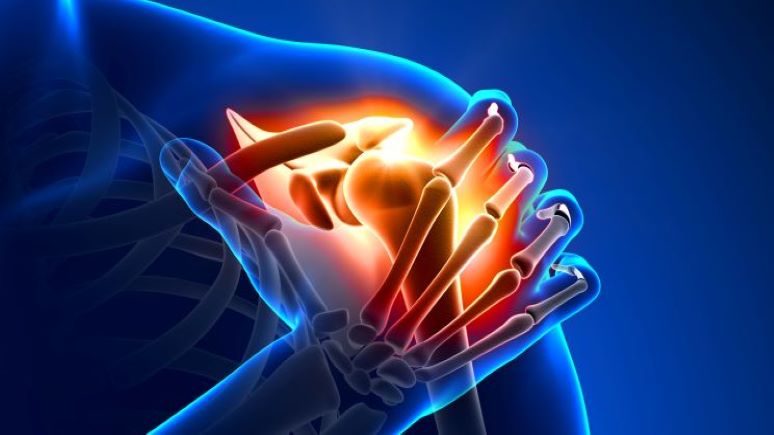An AC joint separation is an injury that occurs in the shoulder. It often happens when someone falls and lands hard on their outstretched hand, elbow, or shoulder.
Where is the “AC” joint?
Your “AC” joint is located in your shoulder, where the collarbone (clavicle) meets the shoulder blade (scapula). The part of the shoulder blade that connects with the collarbone, or clavicle, is known in medical terms as the “acromion process.” It is why this joint is known as the AC joint (Acromion/Clavicle). Most of the bones involved in joint formation have cartilage covering their ends to cushion them and help them move more smoothly. In addition, the joints are held in place by a joint capsule and strong ligaments, which are fibrous bands of tissue.
The clavicle and the shoulder blade’s acromion process are held together by the acromioclavicular (AC) ligament. It is the ligament that is typically injured in an acromioclavicular joint separation. However, other ligaments can also be involved, including the coracoclavicular (CC) ligament. This ligament helps stabilize the collarbone and another protruding portion of the shoulder blade, known as the coracoid process.
Rarely, an AC joint separation can involve the coracoacromial (CA) ligament. This ligament connects the two protruding processes of the shoulder blade: the acromion process and the coracoid process.
Prevalence
Most acromioclavicular joint separation occurs in young men who are from 20 to 29 years old.
No reliable population data exists about these injuries, so it is difficult to determine how often AC joint separation occurs. However, it seems to happen most often among those who participate in sports involving high-impact activities.
One study of American college football players reported that more than 40% of these participants had an acromioclavicular joint separation injury.
AC separation causes
Acromioclavicular joint separation most often occurs when a person falls on their shoulder. When the shoulder hits the floor, the shoulder blade (scapula) is forced down by momentum and the weight of the falling body. Because the collarbone (clavicle) is joined to the ribs, it can’t follow the downward movement of the shoulder. The outcome of the two bones forcefully stopping in different directions is that the ligaments holding the shoulder joint (AC joint) in place are torn. The last, in turn, causes the acromioclavicular joint separation (dislocation).
AC joint separation may also occur due to repetitive motions in which the arm is brought over the head. It causes chronic irritation of the joint. Examples are sports that involve throwing (pitching) or weightlifting causing AC joint separation.
Click Here to read about Symptoms.
















Leave a Reply
You must be logged in to post a comment.